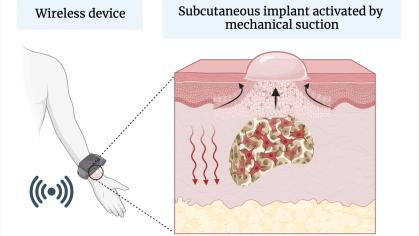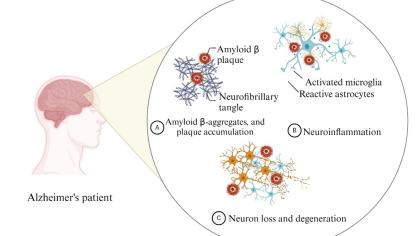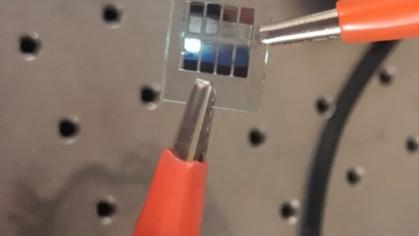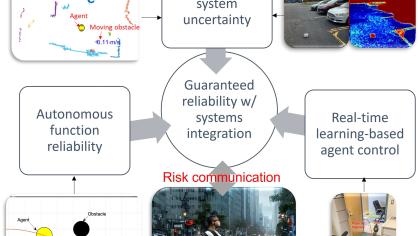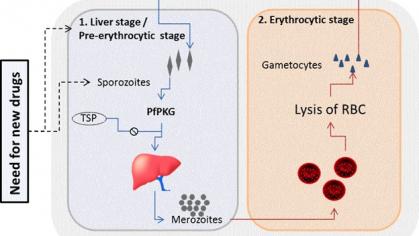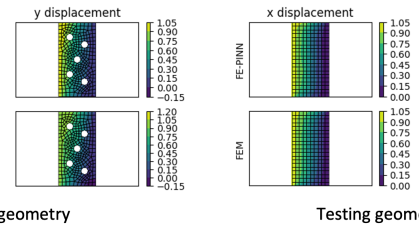
Finite element simulations are used pervasively in industries such as aviation, energy, and manufacturing to design engineering products. This project seeks to significantly accelerate the pace of engineering design by coupling neural networks with the finite element method, thereby enabling development of efficient surrogate models that replace traditional simulations.
